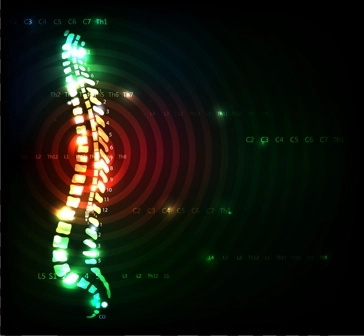Anesthesia Coding Alert
Start Thinking Now About New Codes for 2016
Plus, watch injection changes for pain management.
September is here, and with it comes the annual unveiling of new, revised, and deleted CPT® codes for the following year. Initial sneak peeks don’t show many updates for anesthesia providers, but you’ll still want to be aware of how your reporting might change.
Pay Attention to Central Arterial Pressures
Anesthesia providers monitor many factors during a patient’s surgery, including blood pressures. One that is particularly important is central aortic pressure, which can be a better predictor of cardiovascular outcome than peripheral pressure. It’s also important to remember that peripherally obtained blood pressure does not accurately reflect central pressure because of pressure amplification. Therefore, specifically monitoring central arterial pressure gives the provider a clearer picture of the situation.
CPT® 2016 will make two changes regarding codes for monitoring or assessing central arterial pressures.
Change 1: The Category III code some practices have reported for this situation in the past – 0311T (Non-invasive calculation and analysis of central arterial pressure waveforms with interpretation and report) – will be deleted effective Jan. 1, 2016. “I’ve never seen anesthesia groups report this ‘non-invasive’ code separately,” says Kelly D. Dennis, MBA, ACS-AN, CANPC, CHCA, CPC, CPC-I, owner of Perfect Office Solutions in Leesburg, Fla. “Anesthesia guidelines only allow for invasive monitoring. Plus, some payers such as Novitas have policies indicating that 0311T is non-covered.”
Change 2: You’ll have a new, more detailed code when adding this measurement to your claim: 93050 (Arterial pressure waveform analysis for assessment of central arterial pressures, includes obtaining waveform[s], digitization and application of nonlinear mathematical transformations to determine central arterial pressures and augmentation index, with interpretation and report, upper extremity artery, non-invasive).
Waveform analysis not only indicates central systolic and diastolic pressure, it also determines the influence of pulse wave reflection on the central pressure waveform. It can serve as a useful adjunct to brachial blood pressure measurements in initiating and monitoring hypertensive treatment and other factors.
Add More Options to Your Paravertebral Block Coding
If you code for pain management services, nerve blocks are common fare. You’ll have three new choices for paravertebral/paraspinous blocks in 2016:
-
64461 – Paravertebral block (PVB) (paraspinous block), thoracic; single injection site (includes imaging guidance, when performed)
-
64462 – … second and any additional injection site(s) (includes imaging guidance, when performed) (List separately in addition to code for primary procedure)
-
64463 – … continuous infusion by catheter (includes imaging guidance, when performed).
Refresher: A paravertebral block essentially is a unilateral block of the spinal nerve (including the dorsal and ventral rami) and the sympathetic chain ganglion. Providers can perform these blocks at any vertebral level, but most often administer them at the thoracic level because of anatomic considerations.
Another possibility: Remember that codes or descriptors could still change before the Jan. 1, 2016, implementation date. For example, “There is talk about reviewing the base values for 00810 (Anesthesia for lower intestinal endoscopic procedures, endoscope introduced distal to duodenum) and 00740 (Anesthesia for upper gastrointestinal endoscopic procedures, endoscope introduced proximal to duodenum),” says Dennis. “That could mean a possible reduction, so we’ll just have to wait and see what happens.”
Related Articles
Anesthesia Coding Alert
- CPT® Update:
Start Thinking Now About New Codes for 2016
Plus, watch injection changes for pain management. September is here, and with it comes the [...] - ICD-10:
Take This Last-Minute Advice to Smooth Your ICD-10 Transition
CMS calls testing period a success, but watch 4 things in your claims. If your [...] - ICD-10:
Ask for More Details in Tachycardia Cases
The first-stop descriptor isn’t always your best choice. A patient having a history of rapid [...] - Reader Question:
Turn to 01610 When Axillary Lymphatics Are Involved
Question: The surgeon performed an axilliary sentinel node biopsy in conjunction with a partial mastectomy. Which [...] - Reader Question:
Look at Purpose to Determine TAP Catheter Code
Question: What is a TAP catheter, and how should we code for using one? Florida Subscriber [...] - Reader Question:
Support Your Controlled Hypotension Claim
Question: What should we document on the anesthesia record for a case involving controlled hypotension? Virginia [...] - Reader Question:
Tackling 62310 and 62311 for Payers Still Following 2014 RVU's
Question: The RVUs for 62310 and 62311 were raised in 2015 to include payment for 77003, [...] - Reader Question:
Stay on Top of Medicare Opt-Out Changes
Question: Our practice has chosen to opt out of Medicare. I heard that there’s a change [...] - You Be the Coder:
Brush Up on Guidelines for Reporting G9363
Question: Our anesthesiologist used active warming to keep the patient’s body temperature measurement equal to or [...]




